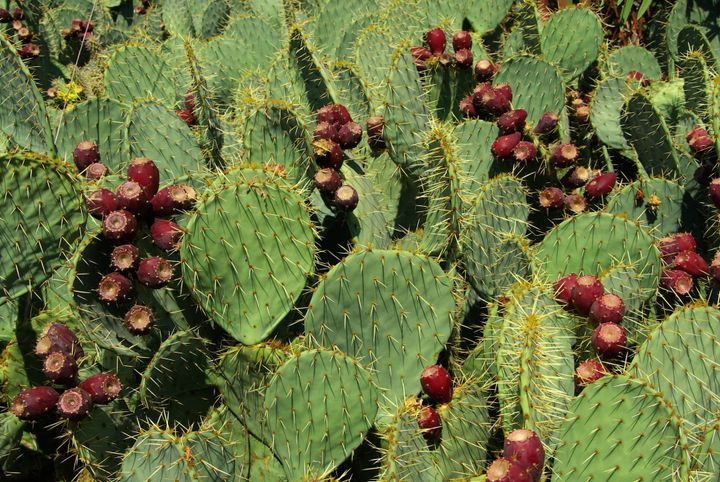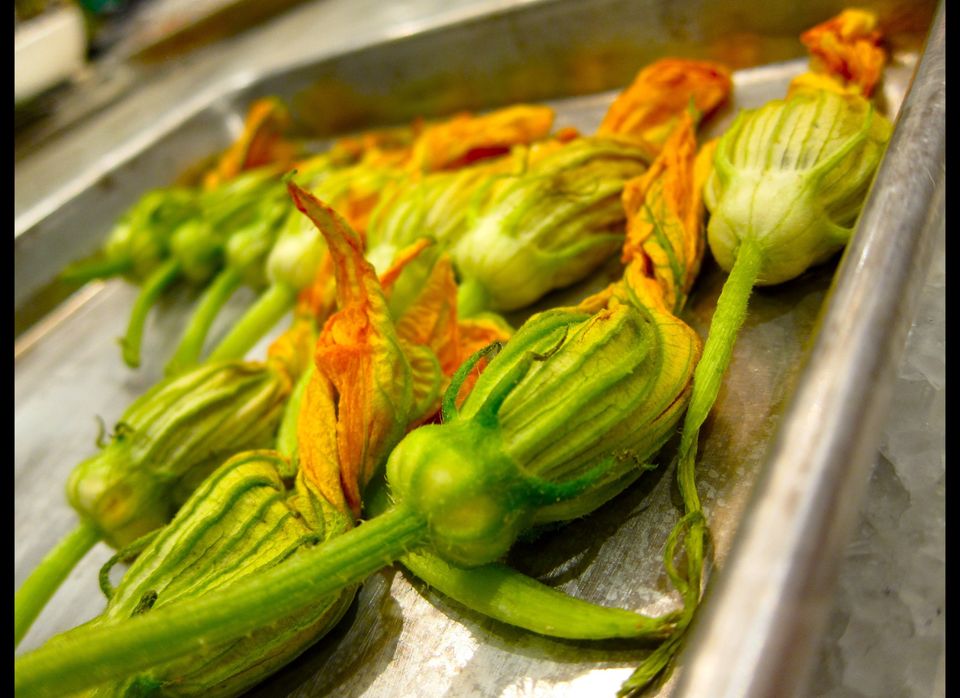
This chilly weather is getting us thinking south of the border. While it's tempting to just park ourselves at the pool and order off the hotel menu, venturing further inland will provide new cultural and culinary experiences. Like tacos!
Huh? While we are used to our tex-mex options of hard or soft, there is a whole world of exotic, nutritious ingredients like the ones suggested by our correspondent Virginia Tijerina Walls, a certified dietician from Mexico. You won't find these on the menu at your local tex-mex joint back home, but check out a local Hispanic market and you may be able to whip these up yourself.
Flor de Calabaza
The lively yellow blossoms of squash plants are delicious in their own right. They're also low in calories, and high in potassium and vitamin A. Flor de calabaza are often sautéed and used as a filling for tacos, or added to quesadillas, empanadas and soups.
Huitlacoche
Huitlacoche is actually a parasitic fungus that grows on young corn plants. This Mexican delicacy may have unsavory origins, but it turns out that once cooked it is both safe and delicious to consume. We're not sure which brave soul was that first to taste the grey-black masses growing off their corn plants, but foodies everywhere are thankful. The slightly sweet, woodsy favor has helped huitlacoche find favor in culinary cirlces outside its native central Mexico. Plus, food scientists recently discovered that huitlacoche has not only the nutritional value of the corn from which it grows, but additional amino acids and minerals as well. You can try it sautéed with onion, garlic and hot pepper in tacos or quesadillas. Funky.
Nopales
For a true taste of the desert, try a cactus. No, really. Nopales are the pads of the prickly-pear cactus, and once de-thorned are fleshy, succulent and slightly tart. Numerous studies indicate that due to its fiber and antioxidant content, nopales help reduce blood cholesterol and maintain stable glucose levels. So grab a tortilla, and eat up!
Chumiles
Last but not least, chumiles are small insects that, while not eaten frequently, are part of traditional Mexican cuisine. In addition to an adrenaline rush for the culinary adventure junky, these creepy-crawlies are quite nutritious, packed with amino acids, B vitamins and iodine. They can have a bitter taste due to their high mineral content, but where else are you going to get a bug taco? If you're feeling brave, eating them with guacamole in a tortilla is the preparation of choice.
For restaurant recommendations, and more on eating well in Mexico and around the world, you can download our apps from the I Tunes Store or Android Market.
